Questions that have been asked by many are: What is tea? and how to make tea. Tea is the second most-consumed drink in the world, surpassed only by water. An often-surprising fact to tea novices is that all teas (Black, Green, Oolong, White, and Pu'erh) come from the same blossom. This beautiful, delicate, and multifunctional flower (mostly seen in botanical gardens and mesmerizing landscapes) is scientifically known as Camellia sinensis.
The three primary components of brewed tea are essential oils that provide delicious aromas and flavors, polyphenols that provide briskness, and natural caffeine that provides an energy boost.
It takes around 2,000 tiny leaves to make just one pound of finished tea. The tea plant grows naturally in the woods throughout much of Asia. The best tea is usually grown at higher elevations, and often, on steep slopes. Many of the teas produced for large-scale commercial production are grown in flat, lowland areas. Some of the finest, hand-plucked teas in the world come from flat fields and lower altitudes.
So, how the tea is grown is just one of many factors to be considered. It can be said that “tea” is anything derived from the Camellia sinensis plant. While sometimes called "tea", anything else is more accurately referred to as an herbal tea or tisane. Tisanes include chamomile, rooibos, and fruit teas.
Brewing tea is no Rocket Science, However it can be a bit confusing at times. Follow our guide on How to Brew Tea to brew the perfect cup of tea.
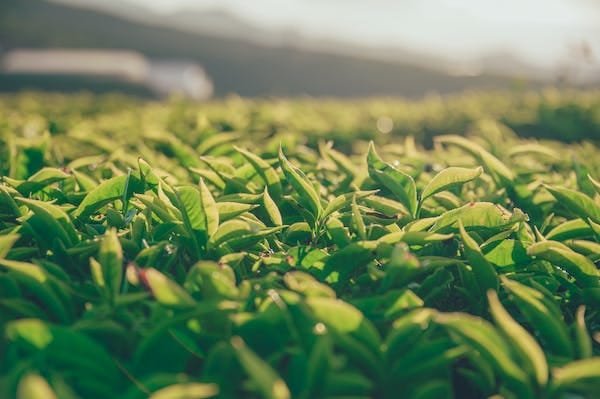
step 1
To measure tea perfectly firstly learn to take a precise measurement for a single cup. Then add the quantity as per your requirement. The tried and tested measurement for a perfect cup of balanced flavor should have 1 teaspoon of loose tea leaves or a teabag of 0.5 grams. The result certainly depends upon how much water is poured, and what is its temperature and steeping time the tea is steeping in.
step 2
You should make sure that you are keeping the water-tea ratio correct. Also, the temperature of the water should be appropriate. This means it should neither be too low nor be too high. You should never pour boiling water over a tea bag or loose tea leaves. As the boiling water will burn, and scald the tea leaves. Whereas too cold water slowers the release of useful compounds such as catechins, polyphenols, flavonoids, and others. Due to the unawareness about these tips, the teas that most beginners try to make are unable to release all of their maximum flavors.
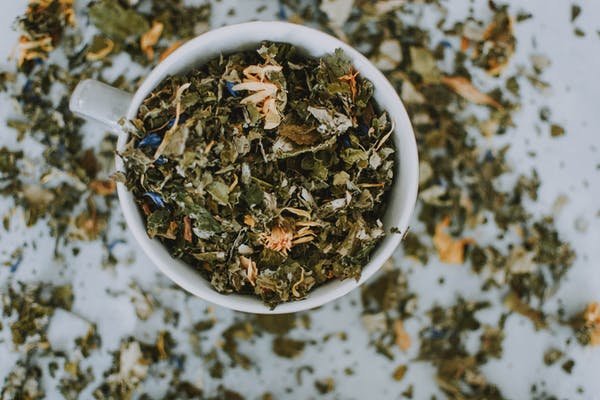
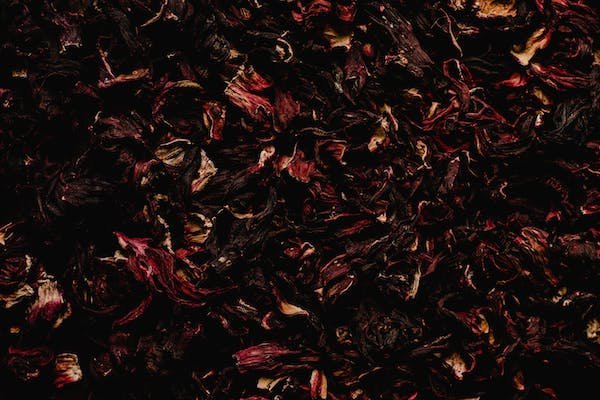
step 3
Temperature plays a huge role in this process because molecules are moving faster at higher temperatures. This also allows molecules to overcome barriers and get out of tea leaves. You need to be careful while steeping different types of teas. Here follow the precise steeping methods of different types of teas that will let your teas be steeped properly.
step 4
The final step is to strain your delicious decoction into your favorite cup or mug. And, let your taste buds feel the nectar-filled with heavenly flavors and beneficial components.
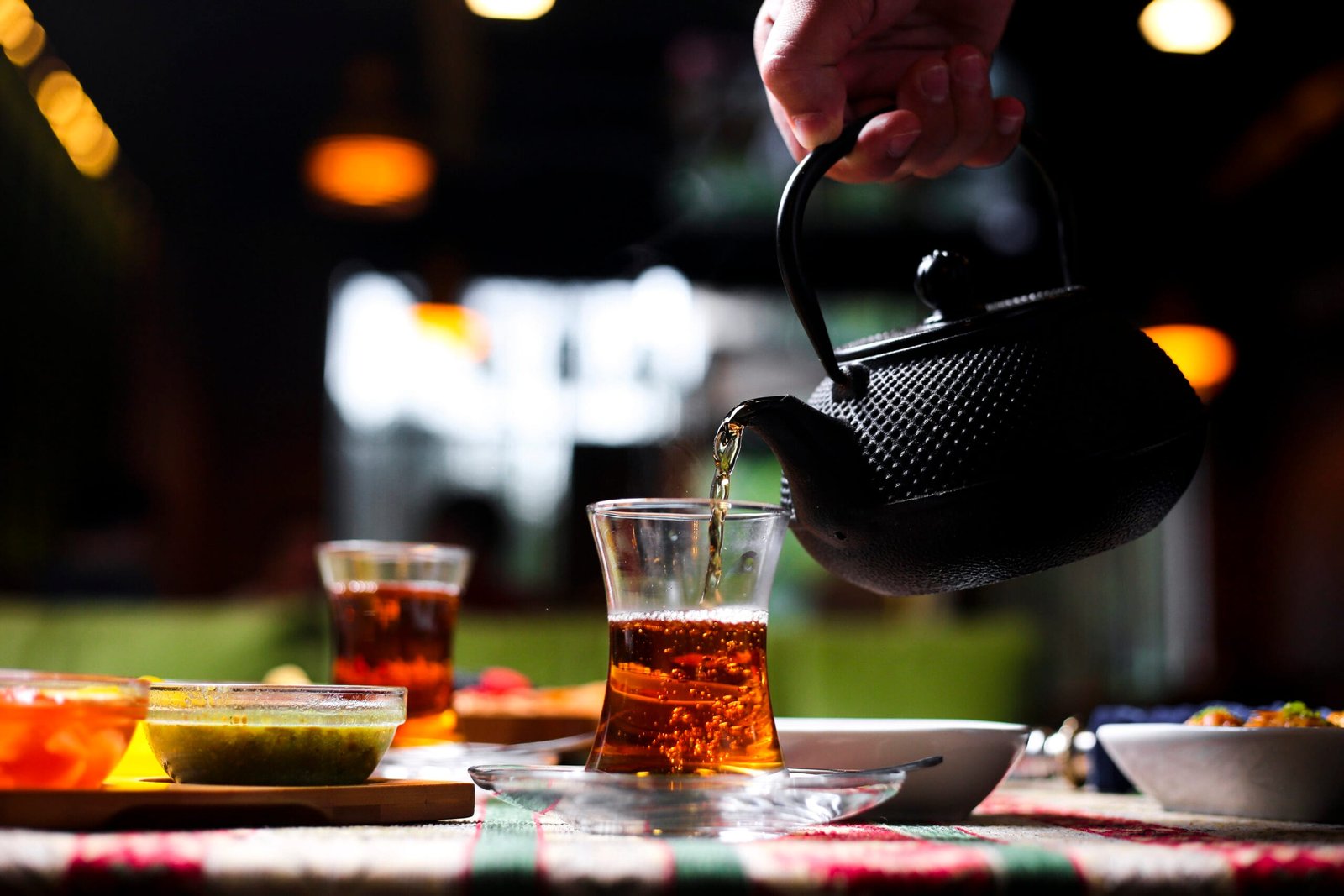
 English
English 
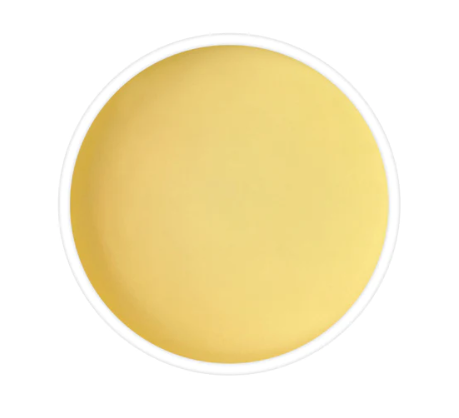

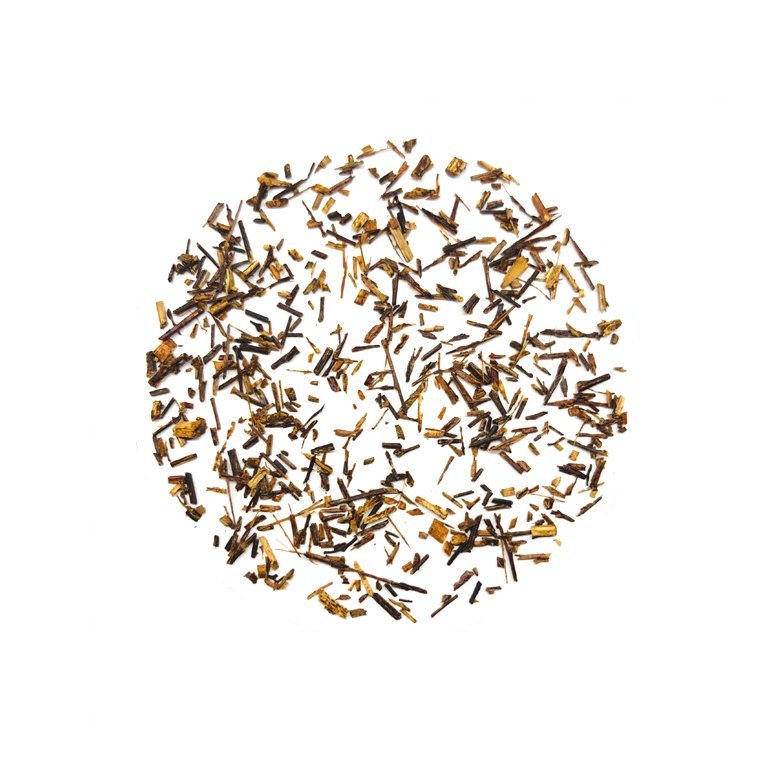
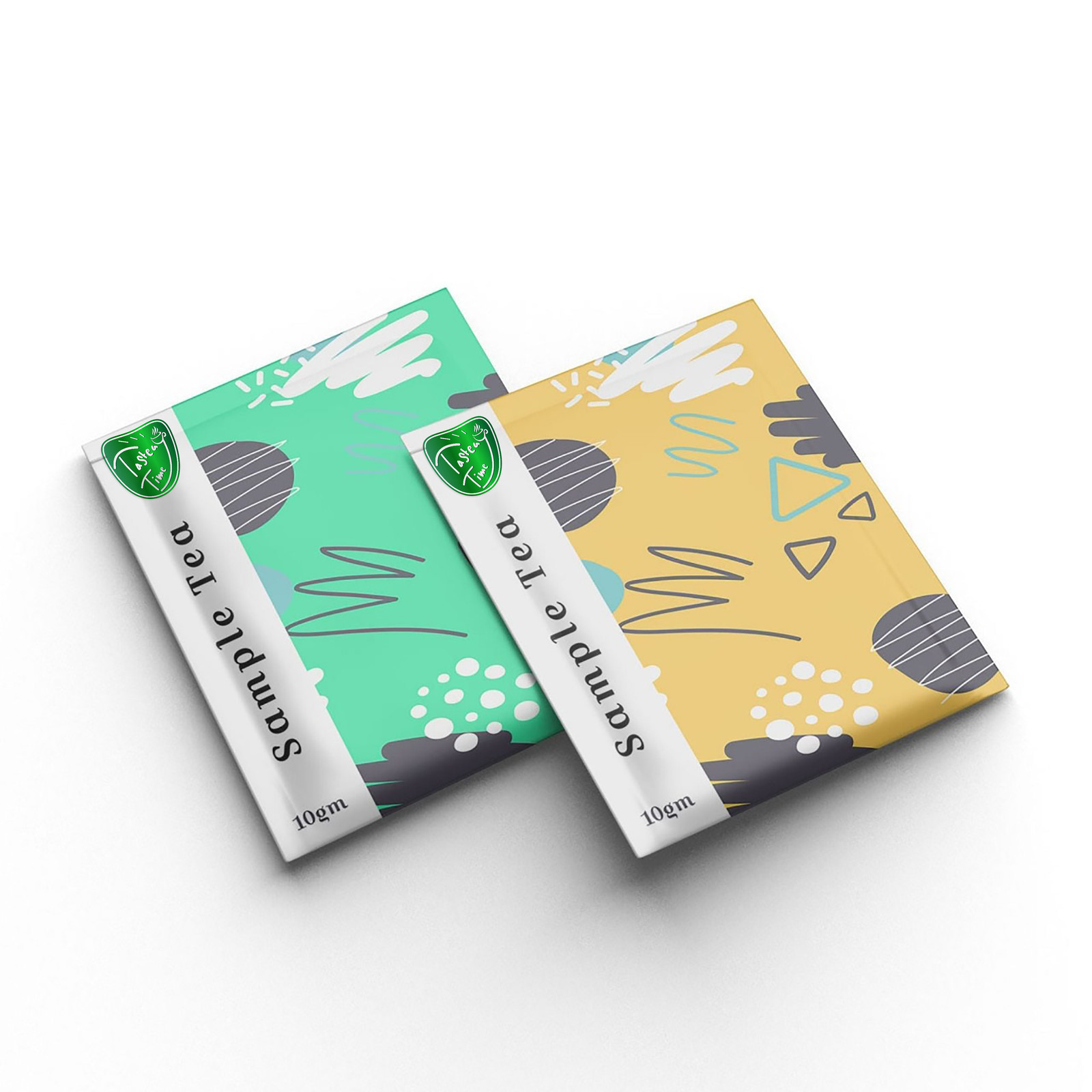
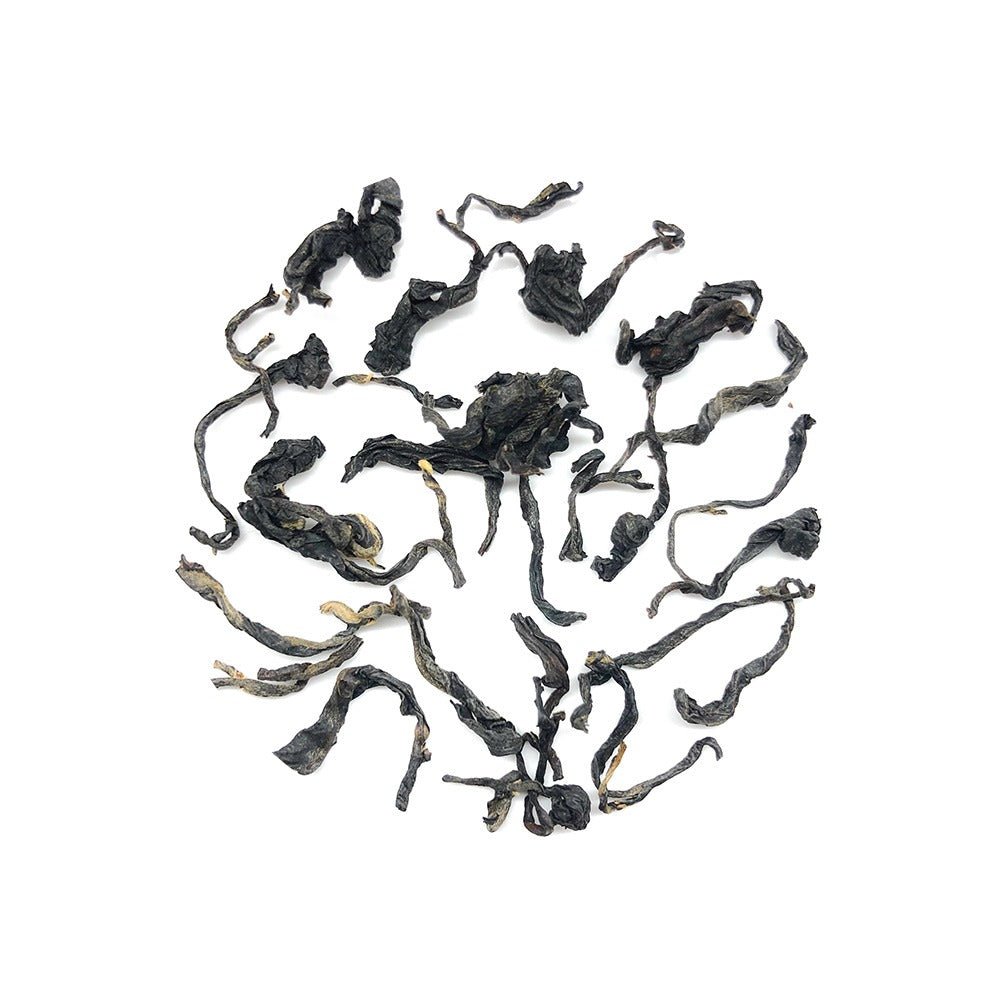



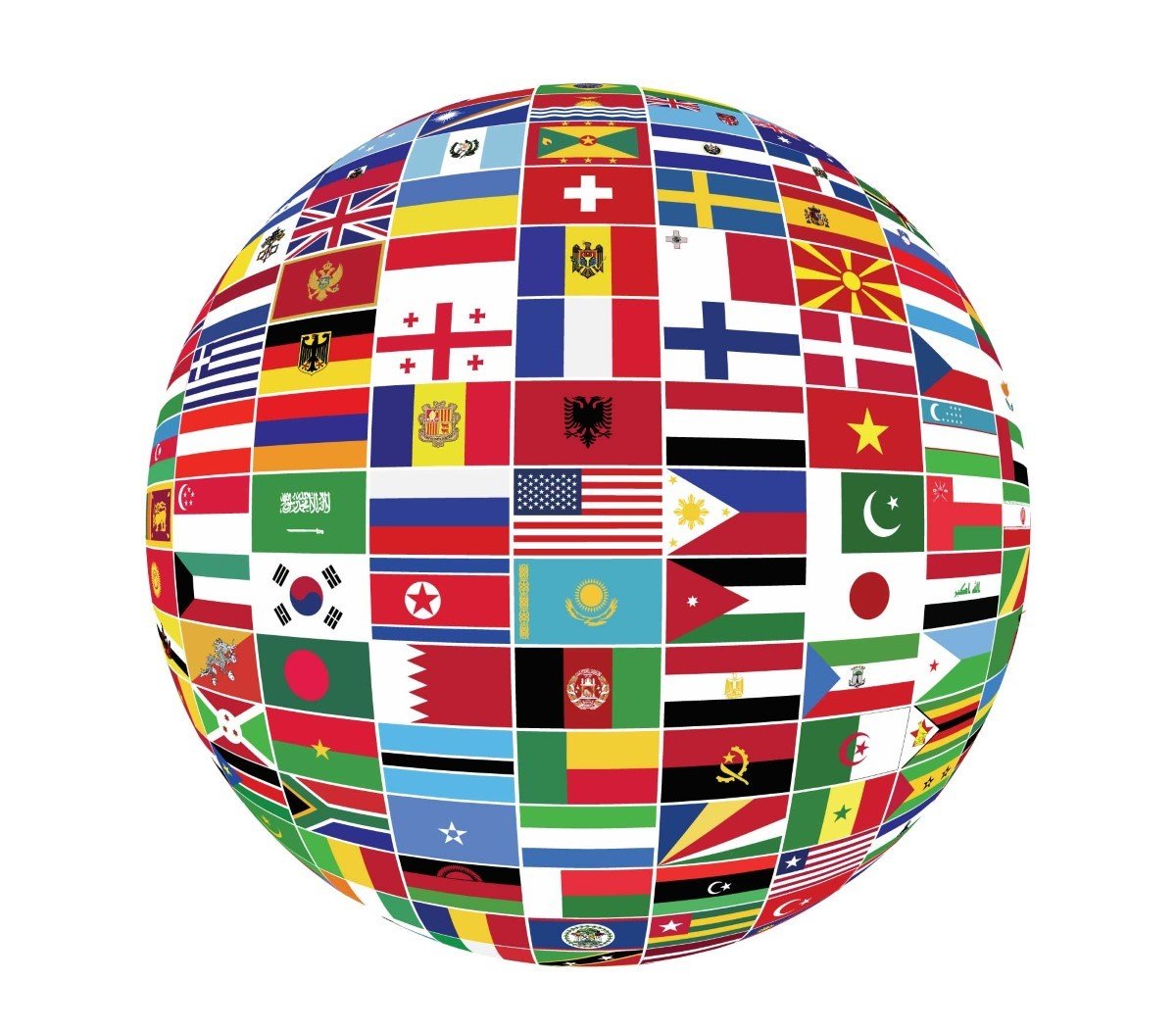

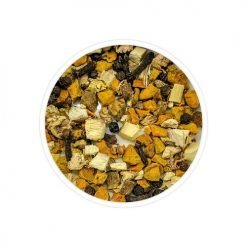
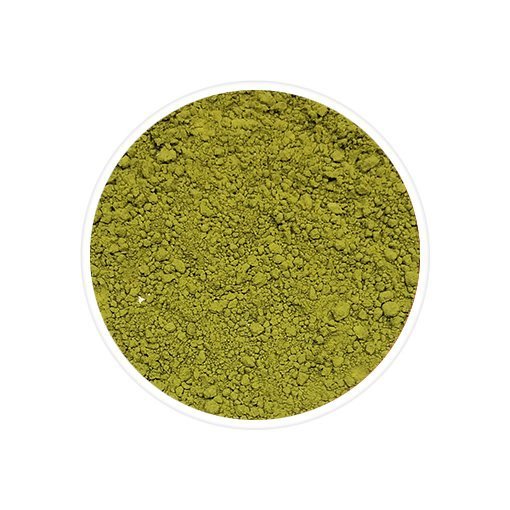
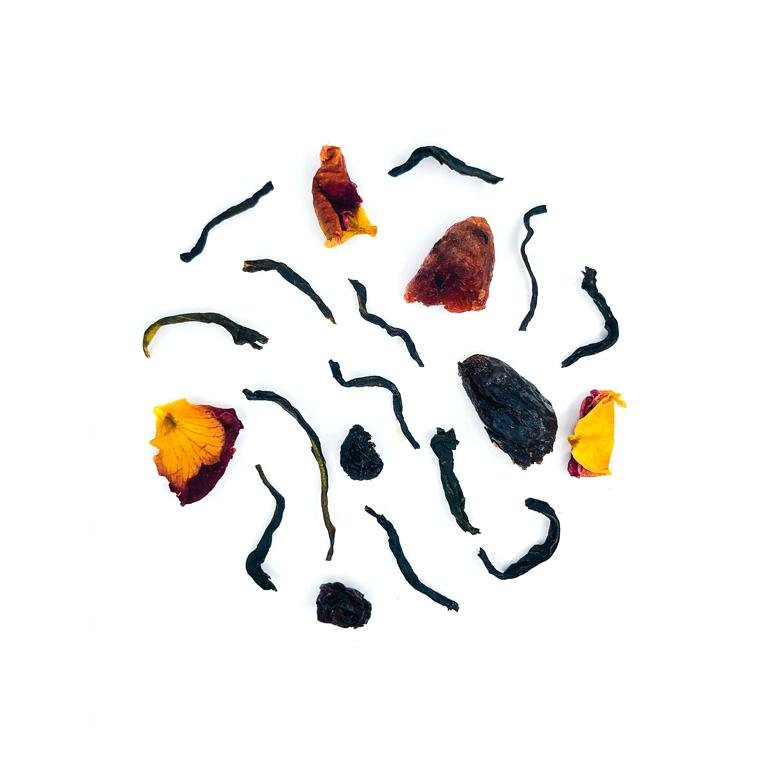
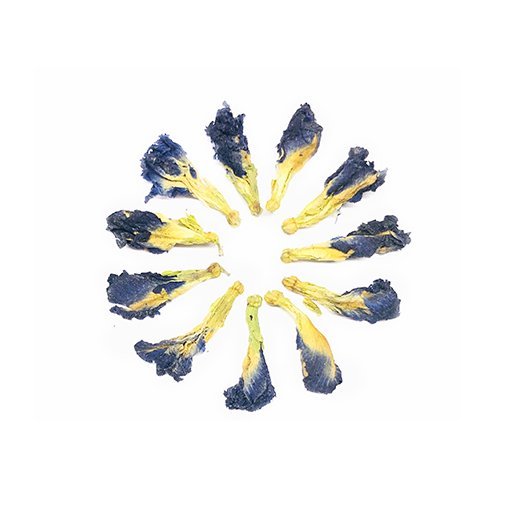


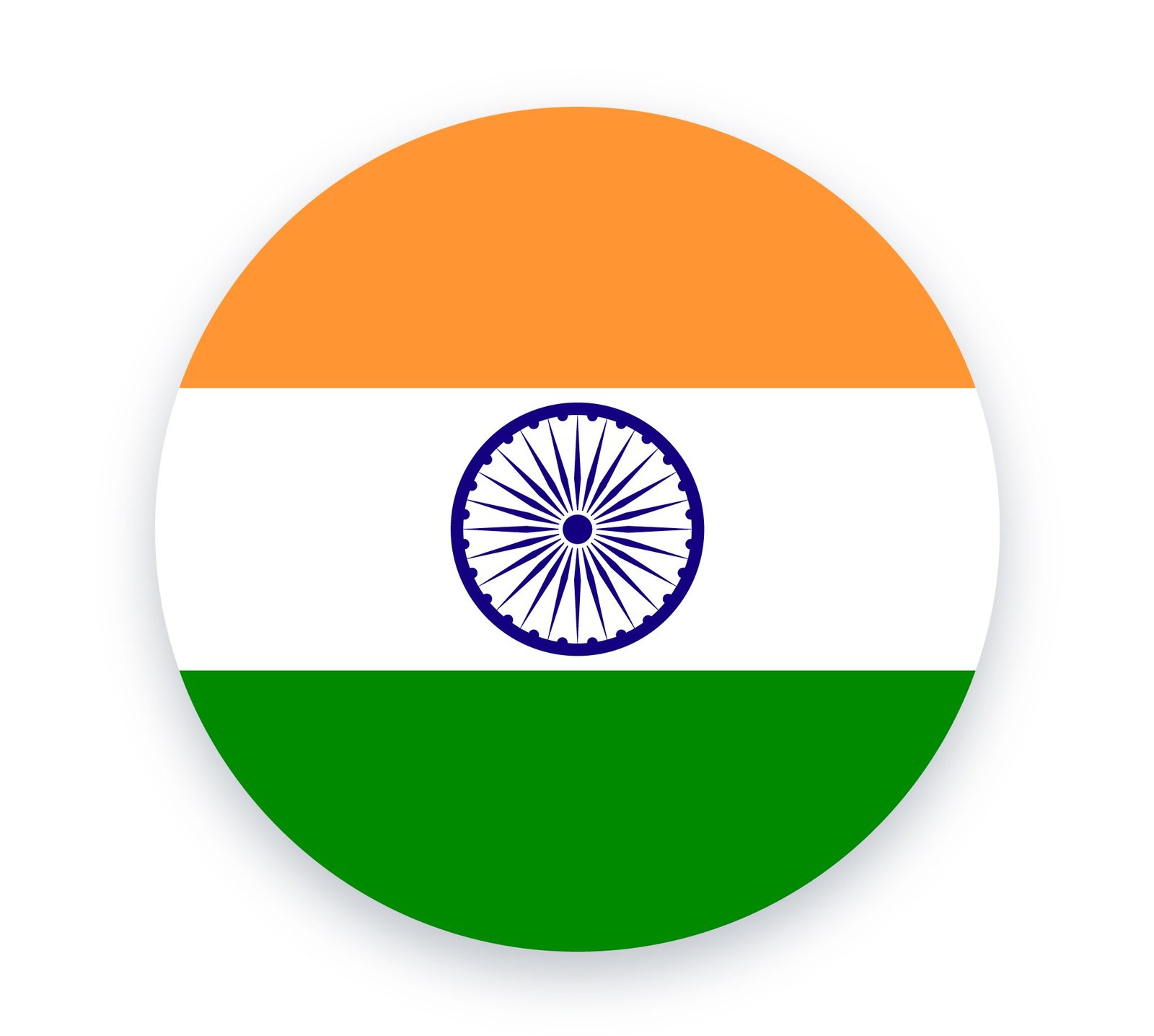


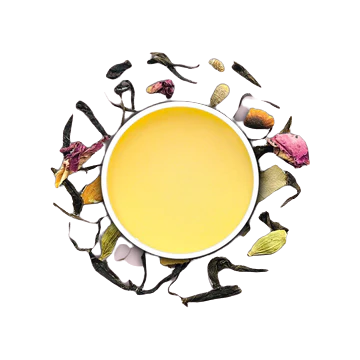



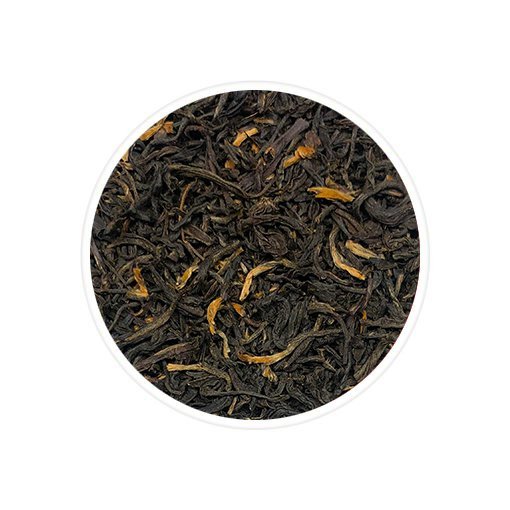




 Home
Home  Whishlist
Whishlist  Checkout
Checkout